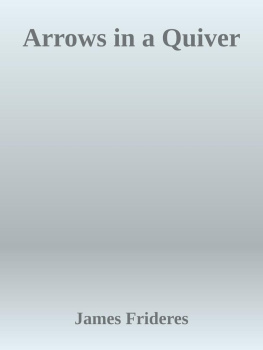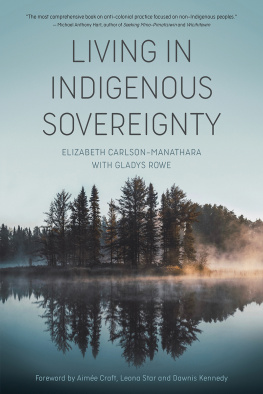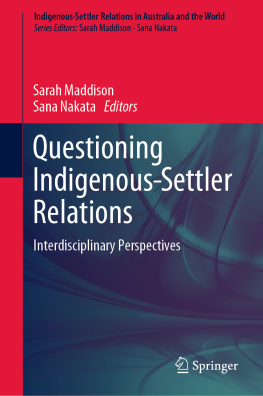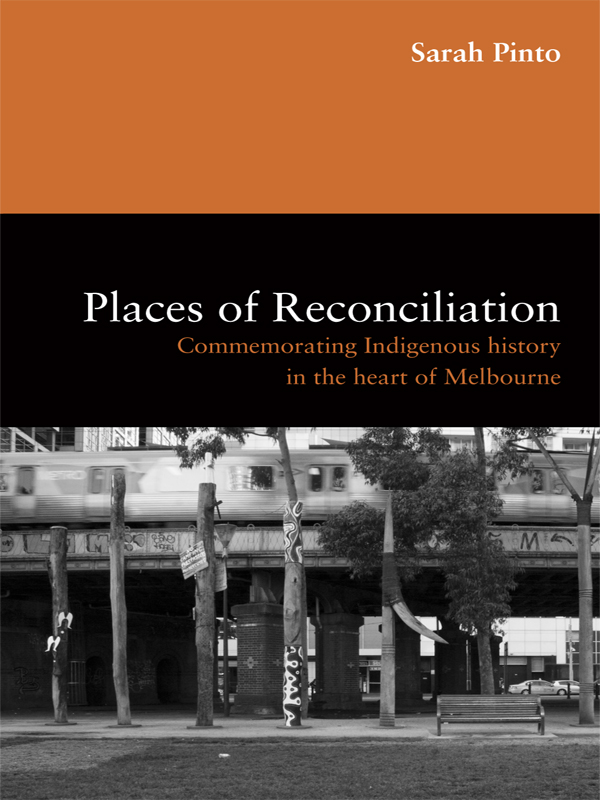Table of Contents
Places of Reconciliation
Commemorating Indigenous history in the heart of Melbourne
Places of Reconciliation
Commemorating Indigenous history in the heart of Melbourne
Sarah W Pinto

Melbourne University Press
MELBOURNE UNIVERSITY PRESS
An imprint of Melbourne University Publishing Limited
Level 1, 715 Swanston Street, Carlton, Victoria 3053, Australia
www.mup.com.au

First published 2021
Text Sarah W Pinto, 2021
Images individual contributors, various dates
Design and typography Melbourne University Publishing Limited, 2021
This book is copyright. Apart from any use permitted under the Copyright Act 1968 and subsequent amendments, no part may be reproduced, stored in a retrieval system or transmitted by any means or process whatsoever without the prior written permission of the publishers.
Every attempt has been made to locate the copyright holders for material quoted in this book. Any person or organisation that may have been overlooked or misattributed may contact the publisher.
Text design and typesetting by J & M Typesetting
Cover design by Phil Campbell
Cover photography courtesy Natasha Saltmarsh
Printed in Australia by McPhersons Printing Group

9780522872323 (paperback)
9780522872347 (ebook)
Contents
Acknowledgements
This book has been a long time coming, and I have a huge number of people to thank as a consequence. First and foremost, I would like to thank the Cultural Consultations team at the Wurundjeri Woi-wurrung Cultural Heritage Aboriginal Corporation, and especially Elders Aunty Gail Smith and Aunty Julieanne Axford, who took the time to speak with me about this research over a number of years. I am especially grateful to Aunty Gail for her knowledge, expertise and patience with someone who hadand continues to havea lot to learn. I hope we can continue our conversations as I keep working towards research and teaching practices that amplify Indigenous voices.
I am also enormously grateful to the Indigenous people who were able to find the time to speak with me about the places of commemoration examined in this book, or who were willing to help me with my research, particularly Vicki Couzens, Lee Darroch, Rob Hyatt and Mandy Nicholson. And thank you to everyone who responded to my cold out-of-the-blue requests about mostly long-ago projects.
A long list of people helped me with the archival and documentary research for this project, over many years. Catherin Bull generously shared records of her work on the New Riverside Park at the very beginning of the project, without which I would not have known where to start. Mary Tomsic and Meighen Katz gave me invaluable advice about accessing the City of Melbournes records. And a range of people at the City of Melbourne were generous with their time and expertise in responding to my queries, including Rob Adams, Maree Norman, Debbie Tate, Samantha Oliver, Sophie Turnbull, Jeanette Vahaakolo, Rob Ellis, Erica Read and Rita Henshall. I would like to particularly thank the staff in the Public Art team who gave me access to the City of Melbournes artwork files: Eddie Butler-Bowden, Cressida Goddard, Robyn Simpson, and Jo Mair. I would also like to particularly thank Chelvi Arunagiri in the Governance and Legal team, who worked so hard on a number of Freedom of Information requests, especially in relation to naming in Docklands.
Rafe Benli at Geographic Names Victoria always took the time to respond to my naming records queries with care, and gave me important insight into the work that is taking place on Indigenous naming around the world. Matthew Thompson (Department of Premier and Cabinet), Juliet Kim and Lina Georgiou (Department of Jobs, Precincts and Regions), and Dany Holl (Development Victoria) processed a range of State Government of Victoria Freedom of Information requests for me, for which I am grateful. Adrian Beresford-Wylie and Ed Wensing answered my queries about the Australian Local Government Associations Local Councils Remember program. And of course this project would not have been possible without the work of archivists and librarians at the Public Record Office Victoria, the State Library of Victoria, and the Deakin University Library.
An equally long list of people also helped me to find a way to turn all this research into an actual project, and then turn that project into a book manuscriptonce again, over many years. The advice of the late Tracey Banivanua Mar to always look for the political has been at the forefront of my thinking throughout this project, as I hope it will always be. Conversations with Matthew Klugman about intersectional research and Luke Isaacs about treaty and government funding were also vital to my thinking. And the Decolonizing Solidarity Deakin University Reading Group helped me to grapple with what it might mean to undertake this research from a non-Indigenous perspective, and I would like to thank Michiko Weinmann for her work in organising this group in 2018.
Aspects of this project were presented at a number of seminars and conferences, including: the Histories on Wednesday Seminar Series at Macquarie University in 2010; the History Seminar Series at the University of Queensland in 2011; the Australian Historical Association Annual Conference in 2011; the Humanities Research Centre Seminar Series at the Australian National University in 2013; the Perspectives on Progress Conference at the University of Queensland in 2013; The Warrnambool Collective at Deakin University in 2016; the Urban Belonging Conference at the Institute of Historical Research at the University of London in 2017; and the Contemporary Histories Research Group Seminar Series at Deakin University in 2018. I thank the organisers, fellow presenters and audience members for their interest and engagement. Some of the research and writing for this book was carried out while I was a Visiting Fellow in the Humanities Research Centre at the Australian National University in 2013, and a Visiting Fellow at the Centre for Public History at the University of Technology Sydney in 2017. I thank both Centres for invaluable time and space for research, and especially Anna Clark for her work in organising my visit to UTS.
A wide range of kind and generous scholars have read and commented on drafts and earlier versions of the chapters in this book, including Joy Damousi, Alex Dellios, James Findlay, Joe Latham and Yorick Smaalthank you. Thanks also to members of the School of Humanities and Social Sciences Writing Group at Deakin University for their thoughtful comments on several chapters and earlier versions of this work, not to mention their ongoing writing encouragements over the last four years: Laura Bedford, Danielle Chubb, David Hundt, Amy Nethery, Maree Pardy, Maria Rae, Emma Russell, Andrew Singleton, Kim Toffoletti and Andrew Vandenburg. And special thanks to some of my wonderful fellow historians at Deakin, who also read chapter drafts with care and kindness, and who have been nothing but supportive: Clare Corbould, Joanna Cruickshank, Tiffany Shellam and Bart Ziino.
Jordy Silverstein read the entire manuscript, and asked the kind of questions that only someone with her skill, knowledge and brilliance is able to ask, and this is a much better book for it. The incomparable Peter Spearritt has been involved in this project from almost the beginning, and I am so very fortunate to have had his advice, guidance and exceptionally good humour throughout that time. I would like to particularly thank Peter for showing me how to think about a project as a book, and for reading and commenting on innumerable drafts. A range of other colleagues and friends have also offered advice and support while I have been working on this book, especially at La Trobe University, the University of Queensland, and Deakin University. I would particularly like to thank Steven Angelides, Melissa Bellanta, Andrew Bonnell, Leigh Boucher, Greg Burgess, Kirstie Close, Marion Diamond, Chris Dixon, Susan Foley, Helen Gardner, Geoff Ginn, Katie Holmes, Tony Joel, David Lowe, Kate Fullagar, Patrick Jory, Dolly MacKinnon, Elspeth Martini, Nick Melchior, Clive Moore, Siobhan ODwyer, Kriston Rennie, Chips Sowerwine, Paul Turnbull, and Chris Waters. They have all made this a better book, though all errors and inaccuracies are of course my own.











